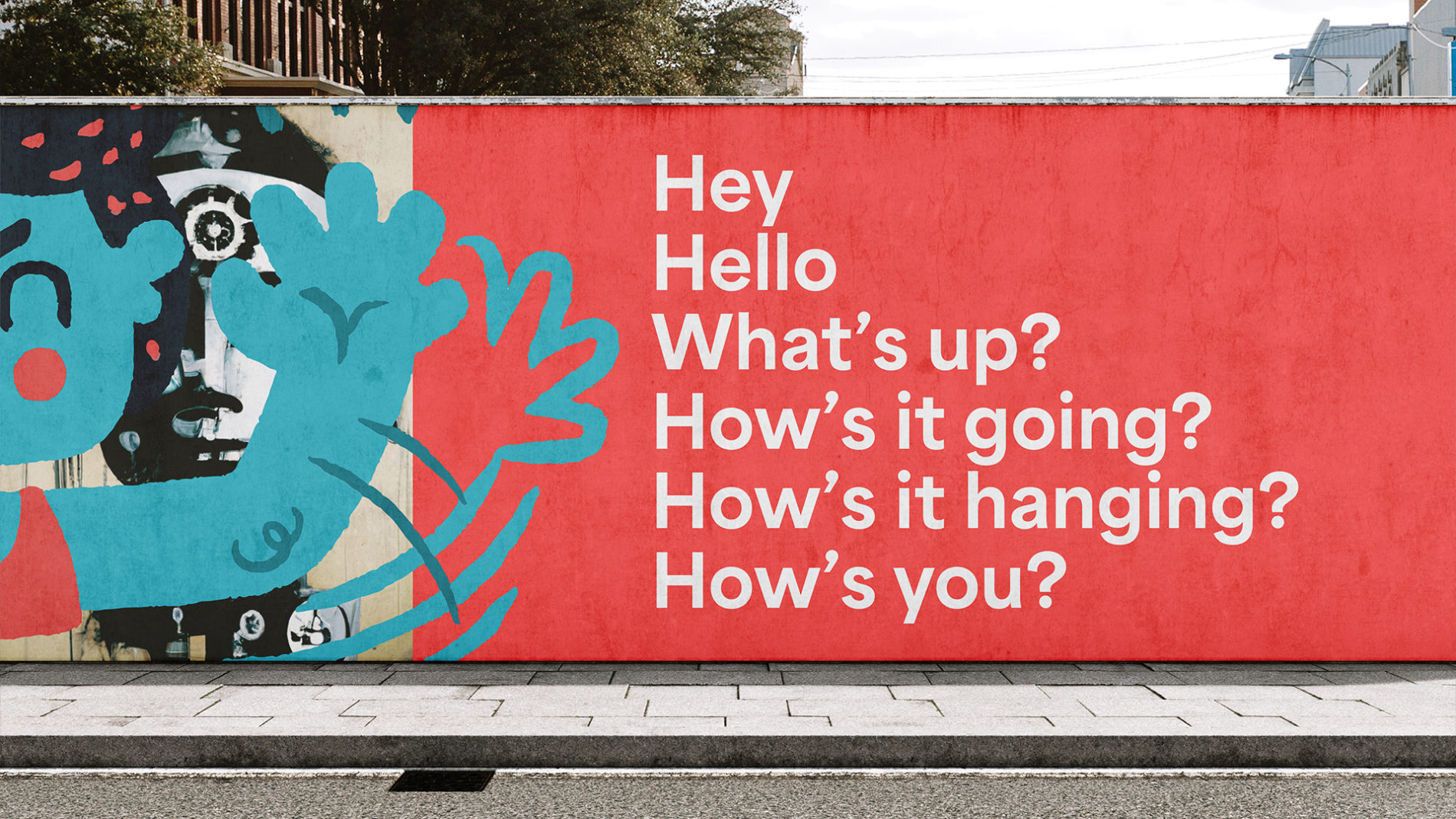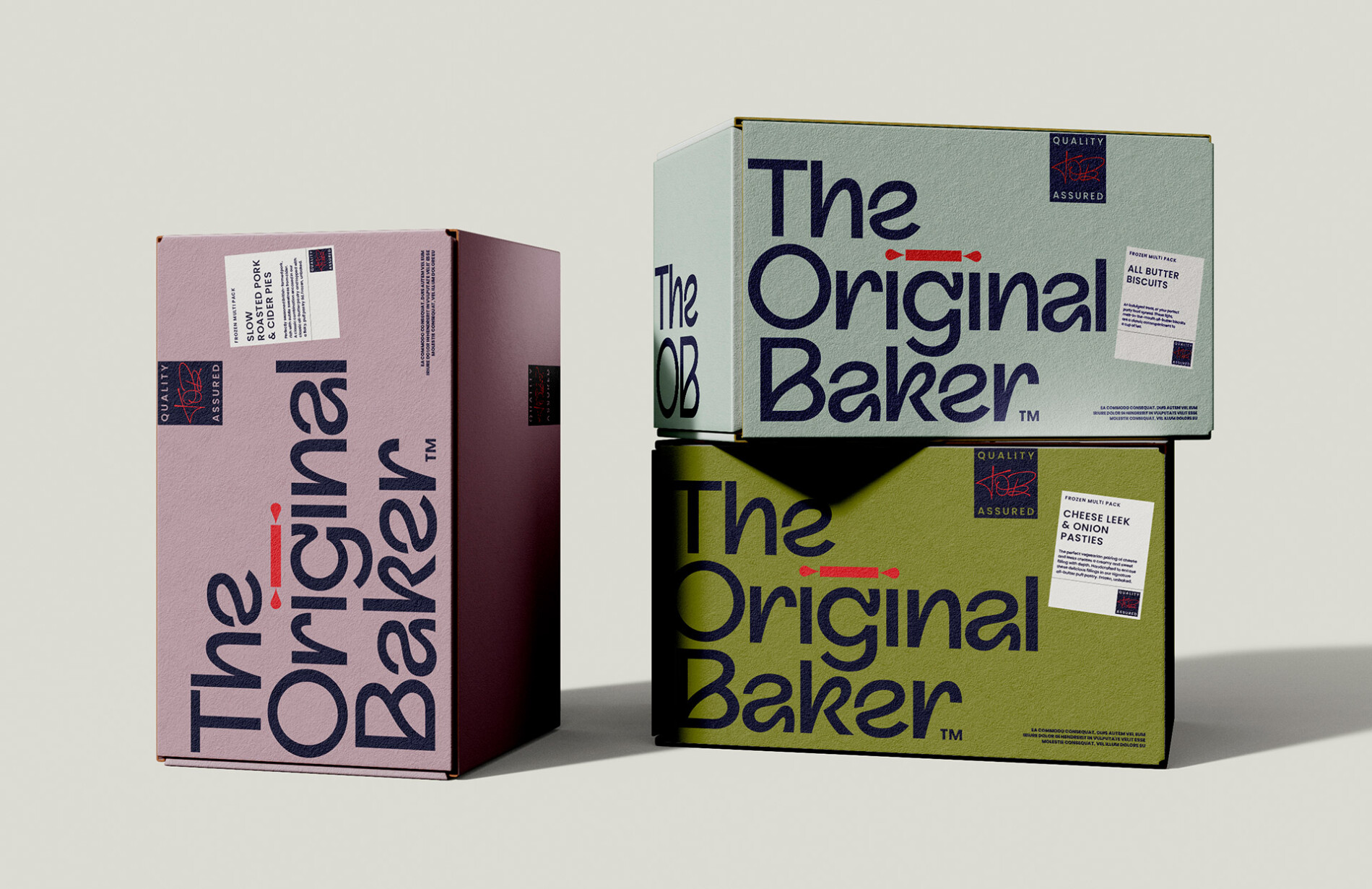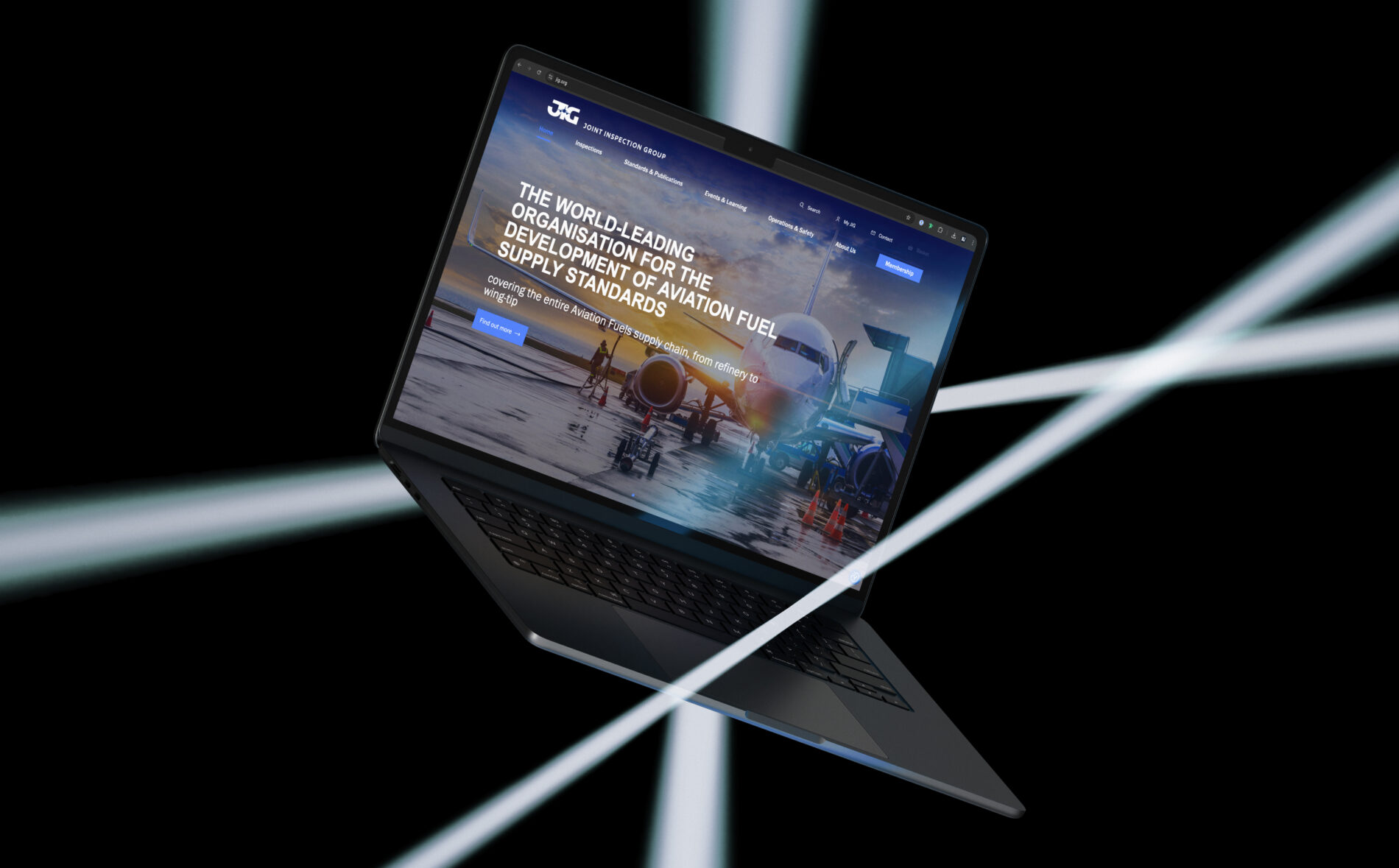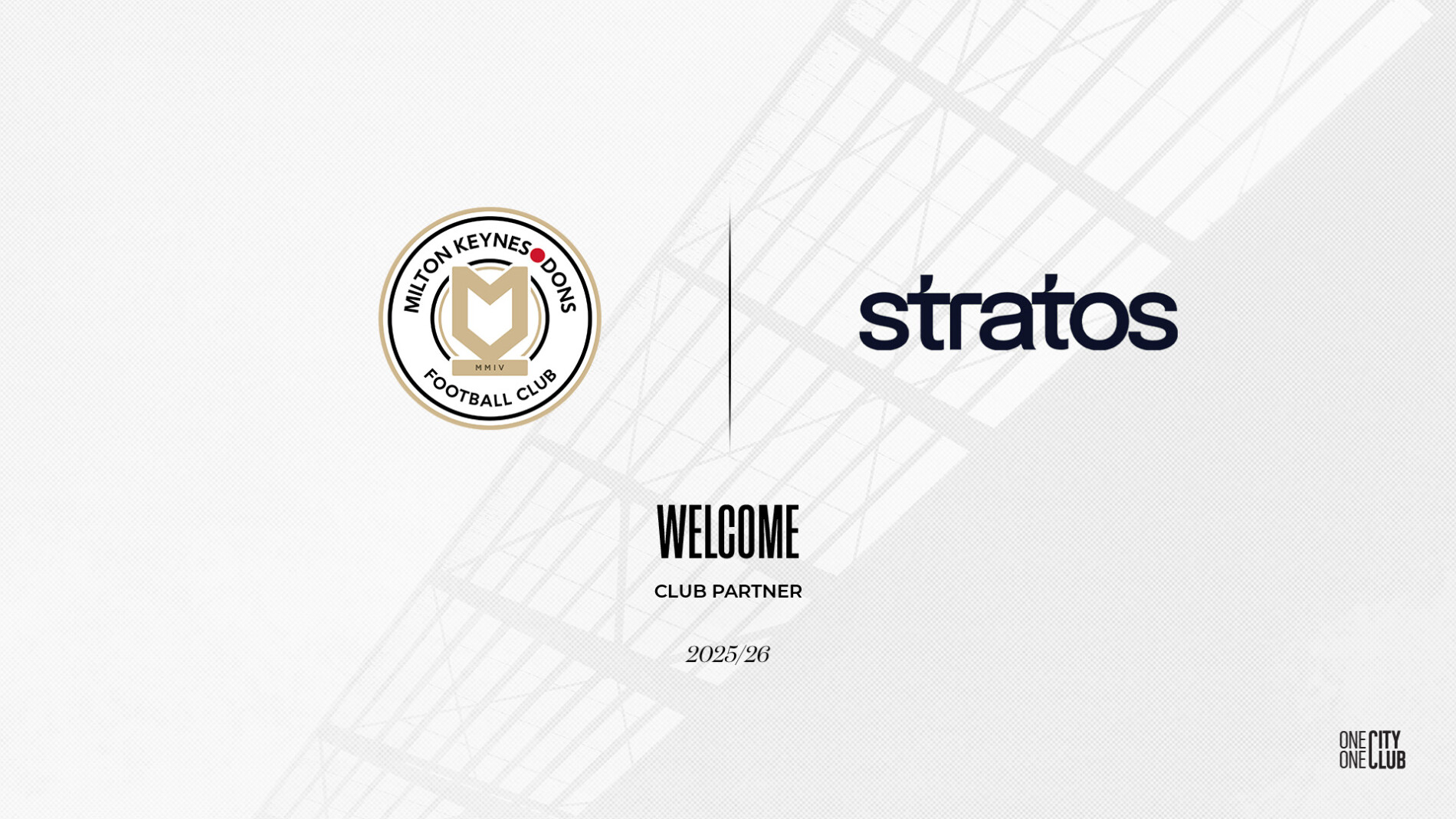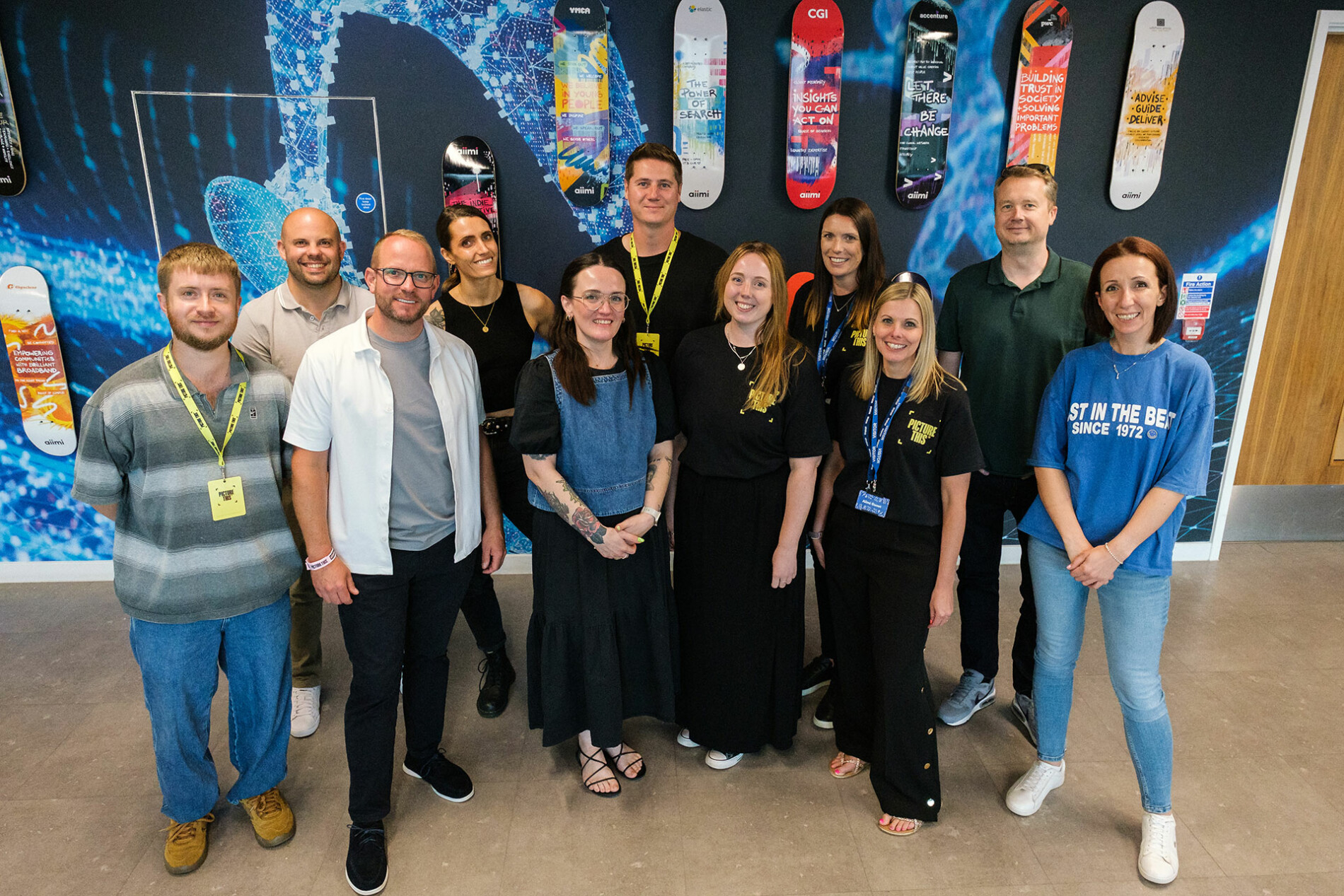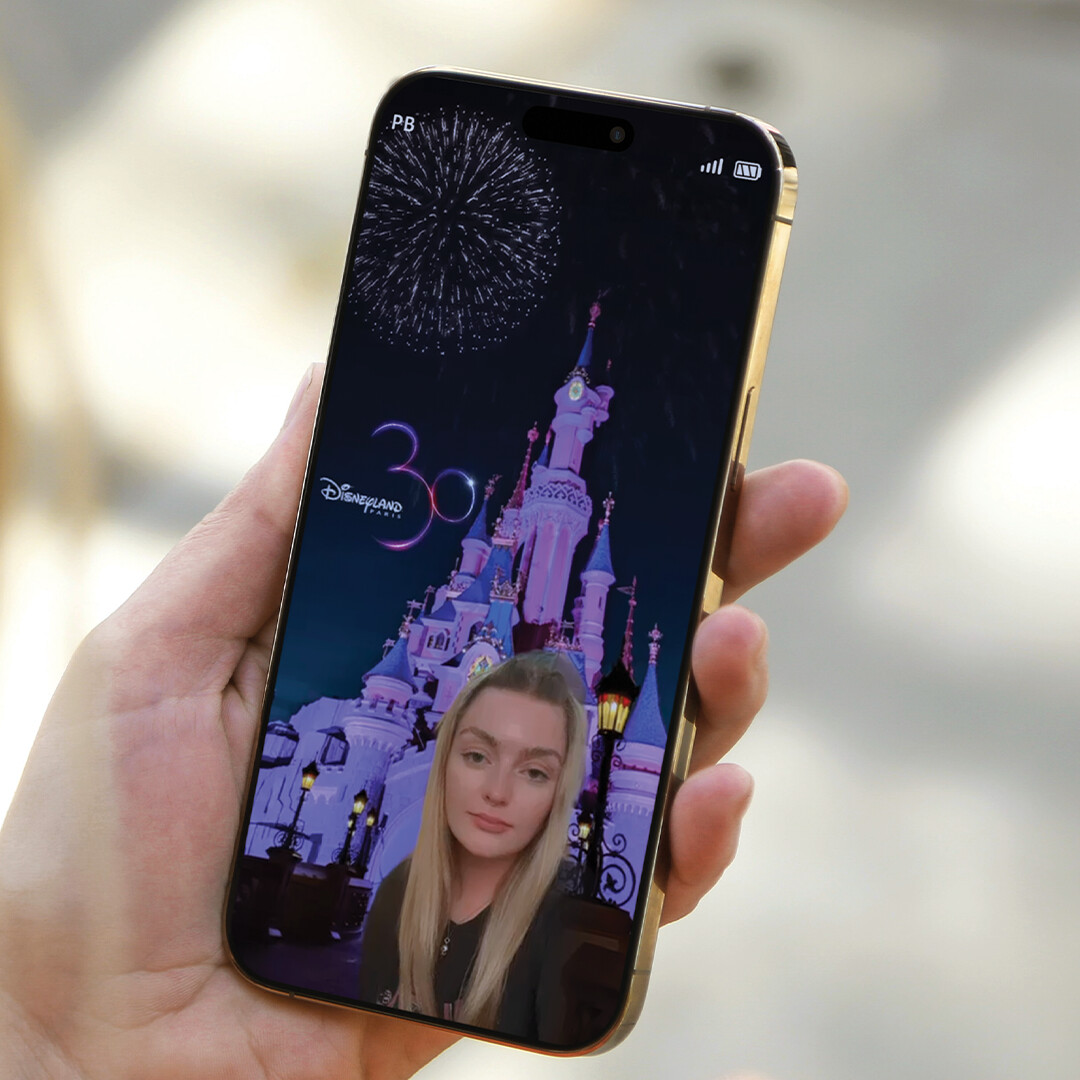Whether you realise it or not, your brand has the power to inspire and spark emotion in customers. How is this done? By building a lasting human connection with your audience. Everything you do with your branding, and how you do it, contributes to this connection. But especially your brand language and storytelling.
The importance of brand language
The language you use in your branding is a key way for your customers to connect with you. To make that connection last, you need to use a tone of voice that they can relate to and recognise.
There’s one main thing you need to consider when establishing your brand tone of voice:
Who is your audience?
Listening to your audience is the easiest way to build a brand language that they can relate to. Your goal is to produce written content that your readers will enjoy, and that will make them feel like they’re part of the conversation. The last thing you want is for them to get bored after the first sentence. You need to chat to them, get on their level, and appeal to their personalities with your alluring copy!
So, how do you ensure that you’re speaking their language?
Firstly, a simple and often overlooked way of learning about your customers is through their reviews.
In 2022 alone, 87% of consumers used Google to evaluate local businesses. So they’re talking about your brand online, even if you’re not listening… But imagine how much you could get to know about your customers if you DID listen. While everyone has their own unique voice, especially online, you’ll likely still find a common tone of voice amongst your customer’s reviews – particularly the most positive ones. So why not use that tone of voice to establish your own?
Top tip: You can repurpose your positive reviews for your own content creation. Pop some testimonials on your website or turn them into graphics for social media – not only will this fill some content gaps, but it’ll reinforce your tone of voice, build trust with new customers, and even further establish that human connection.
But if you don’t have a lot of reviews or are a new business, there are other ways. An effective (and perhaps obvious) method is to simply talk to them. Social media is a great interactive tool – so use it.
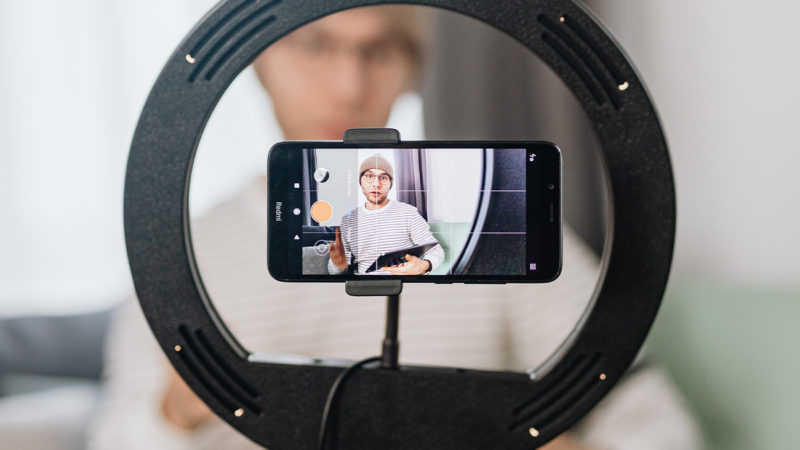
Go on a live video, write polls on LinkedIn, or create regular interactive Instagram stories using polls or questions. You’ll be getting feedback directly from your audience, written in the exact language they want to hear, which can help you with a lot of branding decisions, especially tone of voice, and establishing WHO you are.
The importance of storytelling
Now, you’ve got your brand language spot on. What’s next?
It’s time to tell your story.
We live in a digitally-driven world, where human connections are built online rather than in-store. This means you can no longer afford to be a faceless brand. Today, businesses are much less likely to come face to face with their customers, so your human connection needs to come from behind a screen instead.
So where do you start?
Establish your ‘why’
Your brand’s story isn’t just about who you are and what you do, but WHY you do it. What’s your brand’s mission? What drove you to create your business? What are you passionate about? These are all questions you need to ask yourself when telling your story, because they’ll have the most emotional impact on your customers.
Let’s say, for example, you’re a brand that’s offering vegan products. The story isn’t about the fact that you’re vegan, it’s the reason you’re vegan. There could be an ethical point of view to your brand story, or you could just be promoting a healthy lifestyle. It’s reasoning like this that helps customers choose you.
Establish your narrative
All that’s left is HOW you want to tell your story. Your tone of voice will play a big part in this, but there’s a little more to it.
You just need to ensure that the way your story is presented is engaging. If your brand is all about long-form copy, such as blogs and whitepapers, and you know your audience responds to this, then an ‘Our Story’ web page could be all that you need. So get typing!
But this isn’t the case for everyone.
Consider both your image and your customers…Is visual storytelling better for your brand?
This could be displayed through carousel images, either on your website, social media, or both! You should also consider the age group of your target market. Younger readers and children (even if it’s the parents who are actually doing the reading) will likely respond better to visuals.
All you need to remember when establishing a human connection is:
WHO, WHY, and HOW?
Who are you? Why did you build your brand? How do you need to tell your story?
Congratulations! You’ve just built a brand personality.
